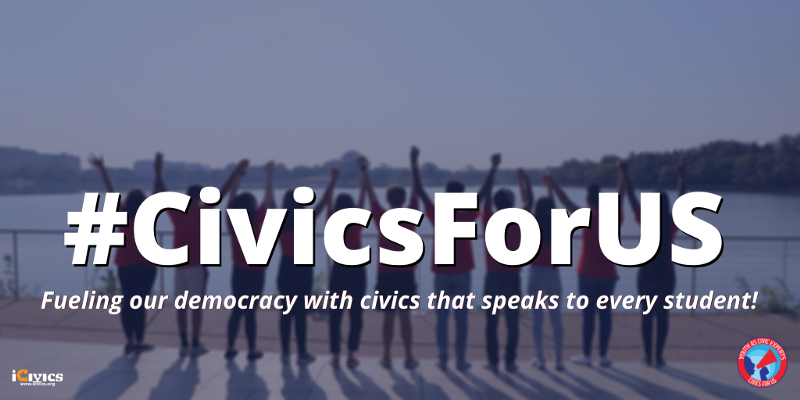
Youth as Civic Experts students across the country observed and pinpointed educational inequities within their local communities. The majority of them responded with shock and revelation after reading reports from EdBuild, Harvard, and ProPublica.
Ranging from grand disparities in educational funding to racial inequalities in schools, inequity runs rampant with many issues tied to racial and economic differences. Students concluded from their readings that rural areas and minority groups suffer the most from educational inequities due to lower socioeconomic backgrounds and less funding. “Little School on the Prairie: The Overlooked Plight of Rural Education” by David Gutierrez listed several factors such as transportation burdens, high poverty rates, teacher shortages, and funding imbalances as key influences on the state of education in rural America. It is important to note that all these issues are interlinked with one influencing the other, thus creating a cycle of unequal opportunities.
Students reflected on their own educational experiences while comparing it to the disparities recorded in other school districts and states. EdBuild revealed that “For every student enrolled, the average nonwhite school district receives $2,226 less than a white school district.” This large difference in funding further alienates minority students from having equal access to educational resources and opportunities. One student from North Carolina noted “if I lived in a nonwhite district, I may not have had the opportunity to attend an early college due to insufficient funds.”
With the help of ProPublica’s interactive database on racial inequality in schools and school districts, students have uncovered relevant information including the percentages of white versus non-white students, available promotions to gifted and talented programs, and other statistics related to socioeconomic backgrounds within their local communities. The information validated many of their own concerns, observations, and problems encountered during their educational journeys.
Much of their discoveries revolve around the fact that Black and Hispanic students are disproportionately more likely to be punished and face discipline while also being less likely to get admitted into gifted and talented programs. Even within minority groups, there are still major gaps which divide Asian students from Black and Hispanic students; the latter often have fewer opportunities and face harsher repercussions. The data presented in the database aligned with the students’ own experiences. Many of them also realized that the effects from the racial disparities are much dire than previously perceived.
The myriad of underlying issues must be confronted when tackling equitable education. Particularly in the South and other rural areas, students’ education is compromised due to forces out of their control. Funding is based on an unfair system of enrollment which ties to other issues like transportation accessibility that rural students may face. Poverty strikes at the core of inequity where low-income districts and schools cannot afford to buy the same technological and education resources as their more affluent counterparts. Within those communities, students are disenfranchised from accessing the same enrichment opportunities.
By: Vicky Chen
Vicky Chen is a senior at Baruch College and is extremely passionate about empowering youth and equitable education. She is currently the Youth Engagement Program Assistant, where she works alongside Youth as Civic Experts students to ensure their voices are shared and heard.


 See All
See All